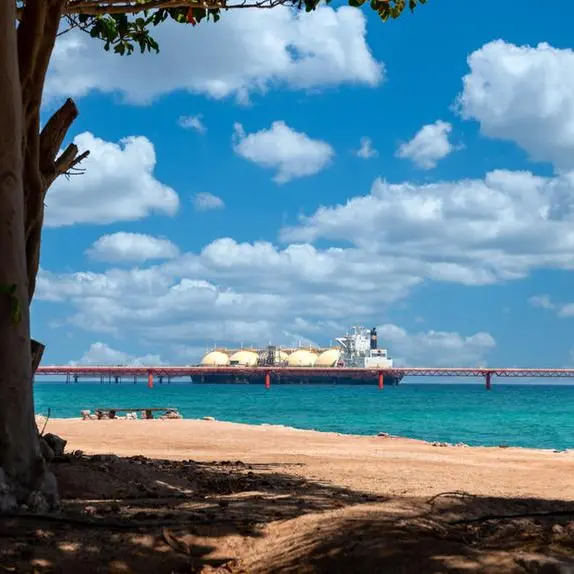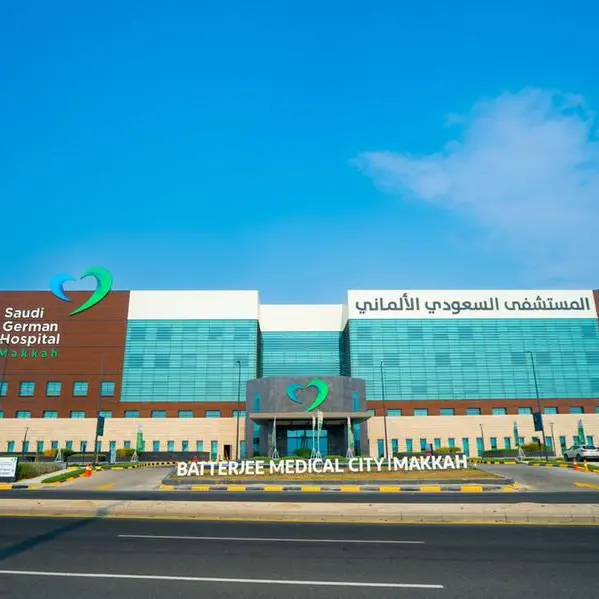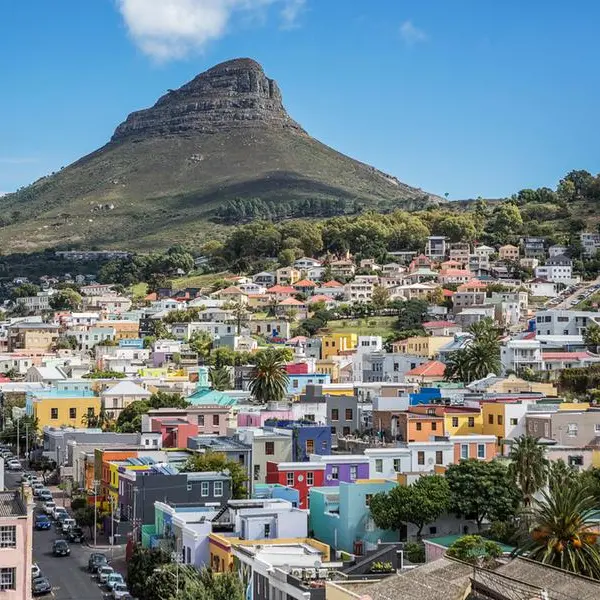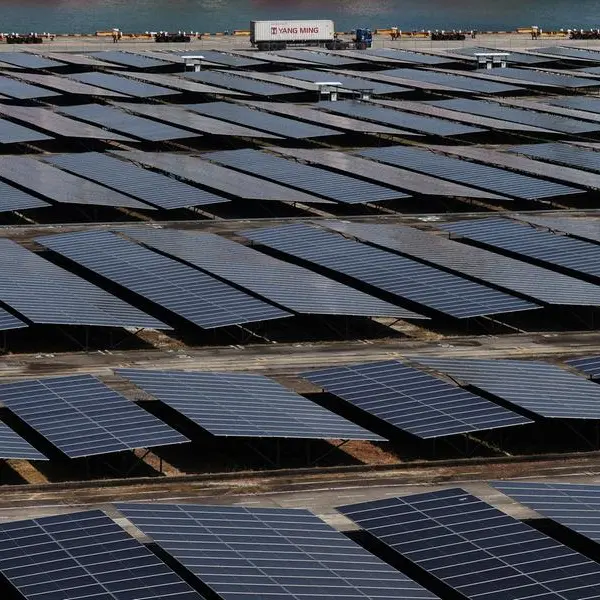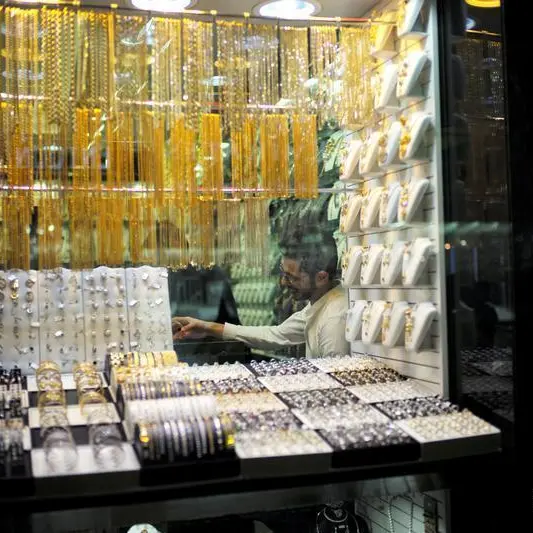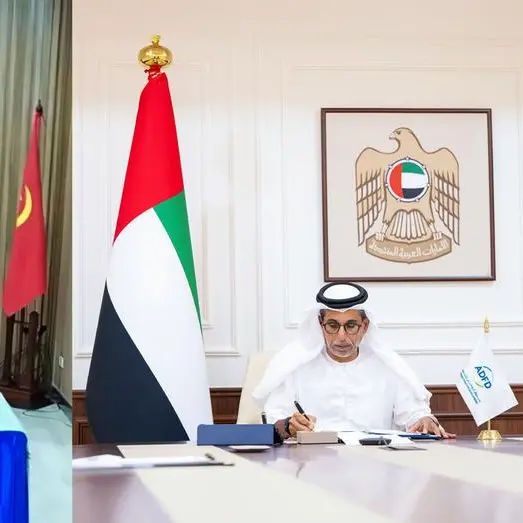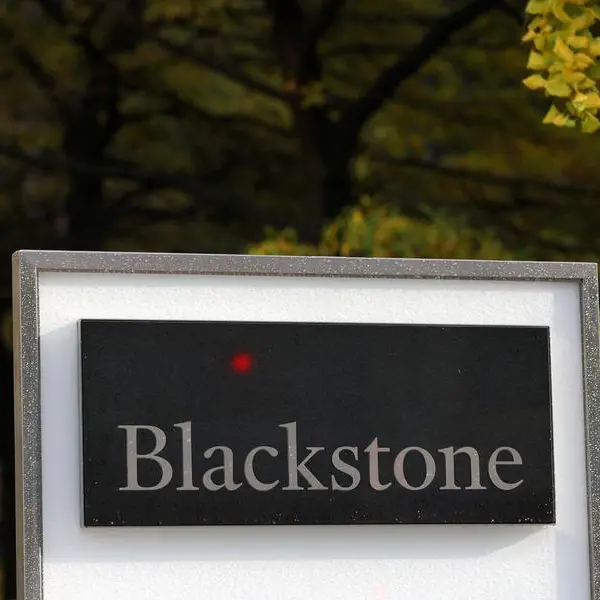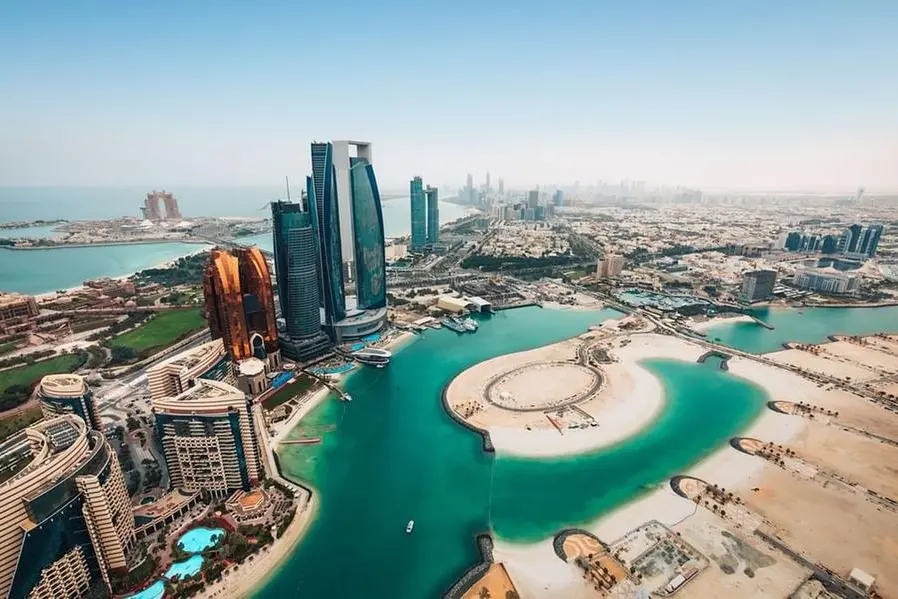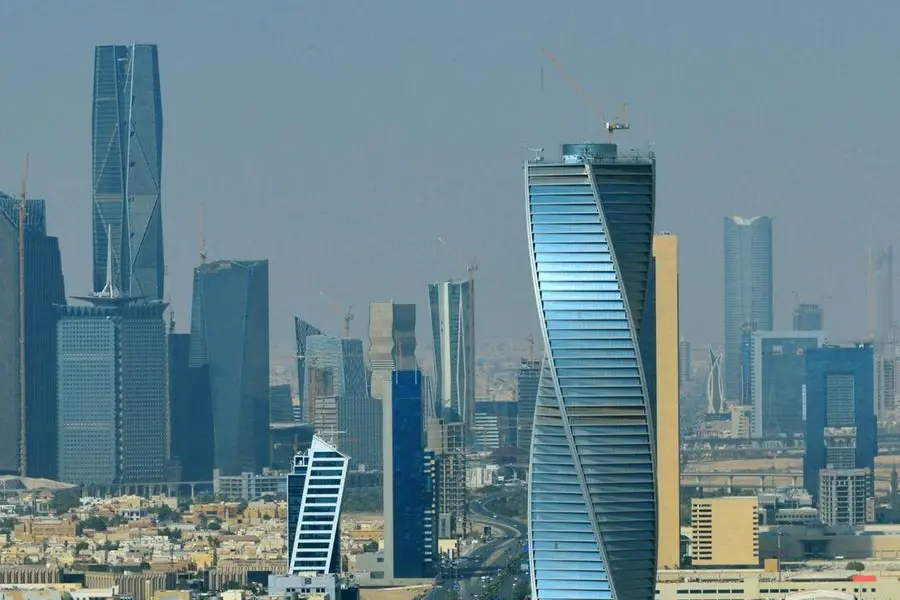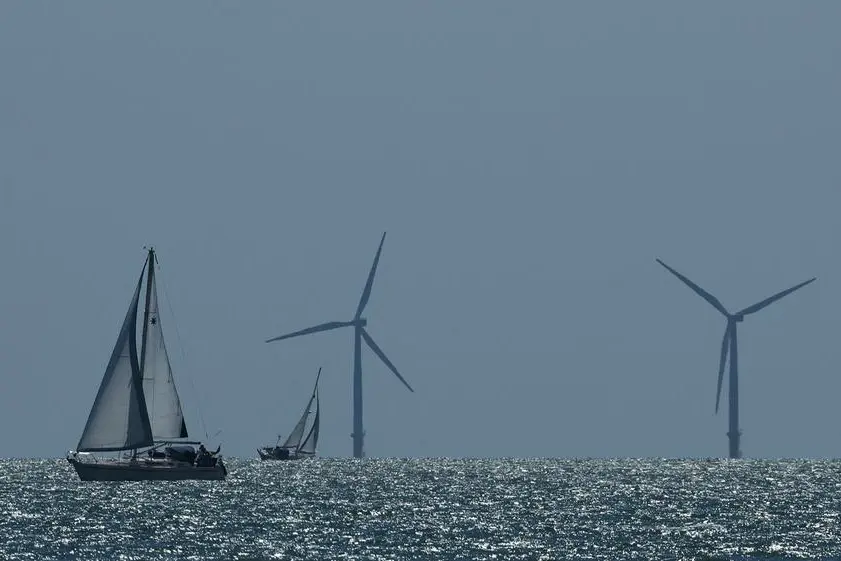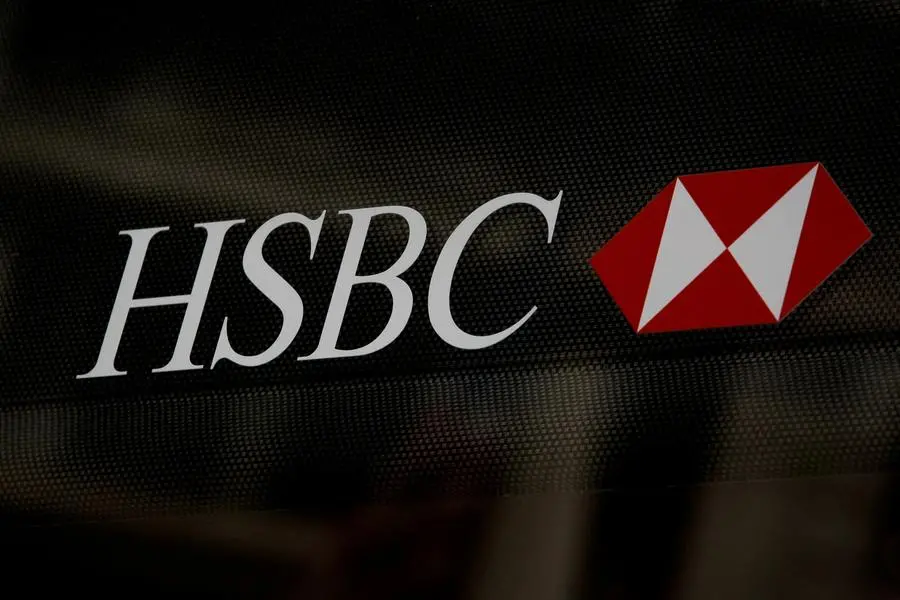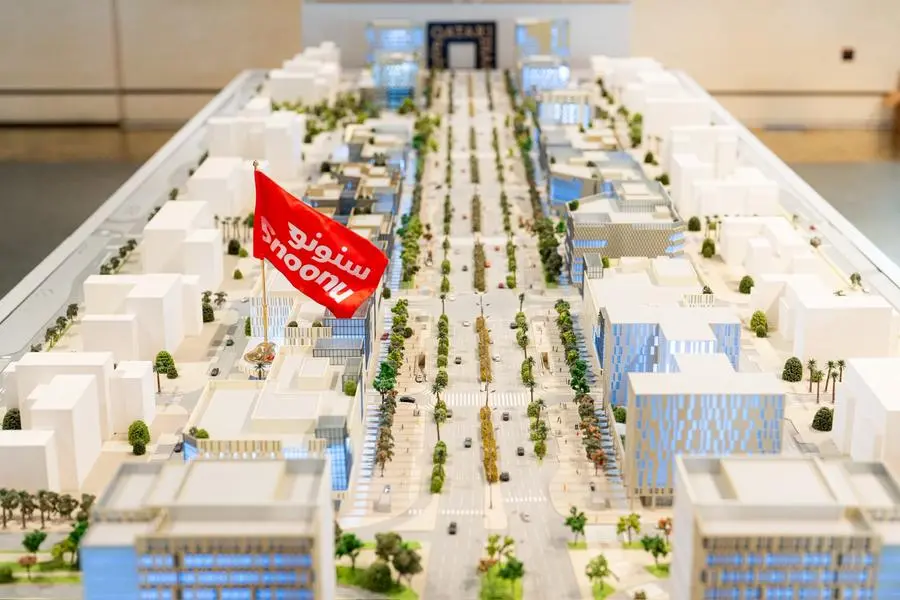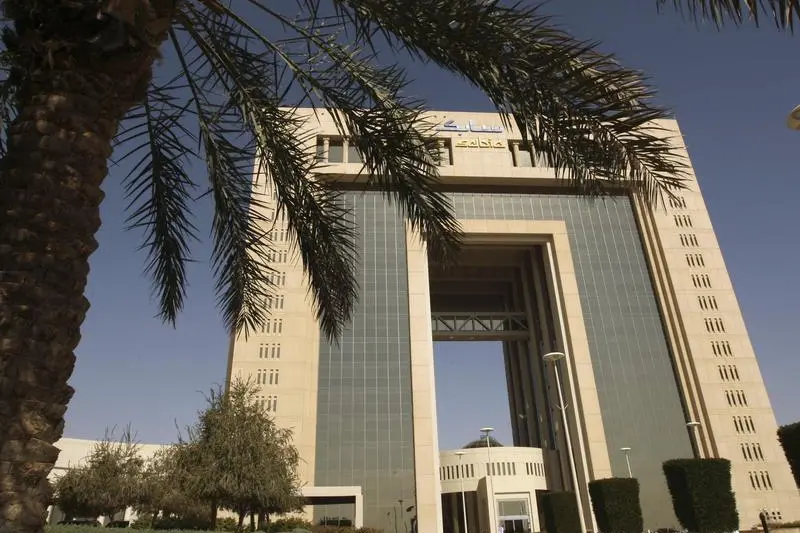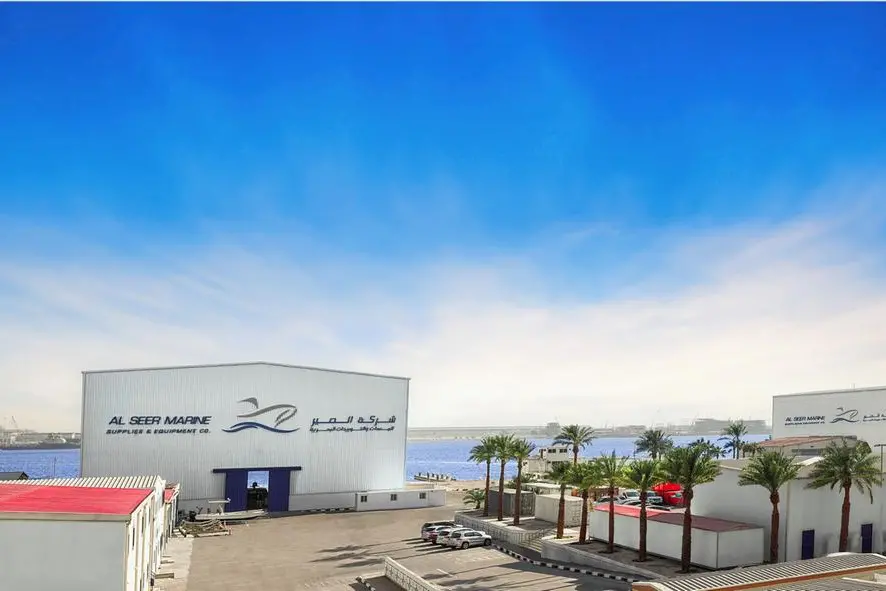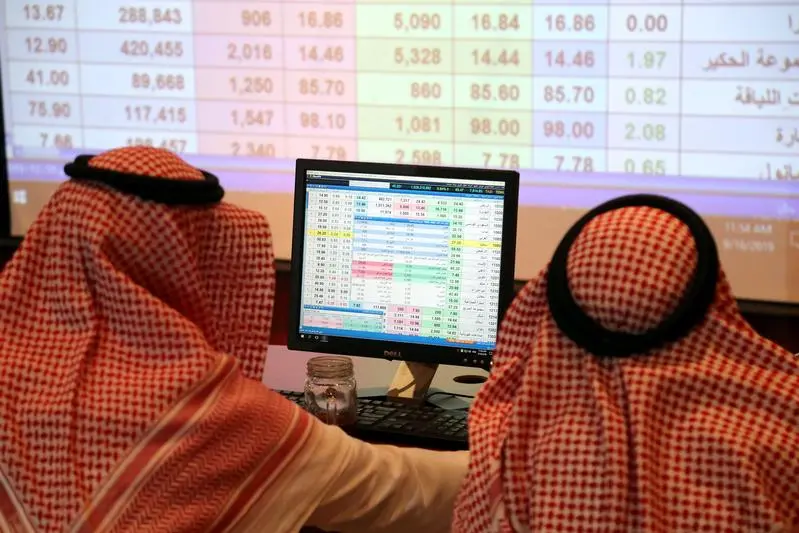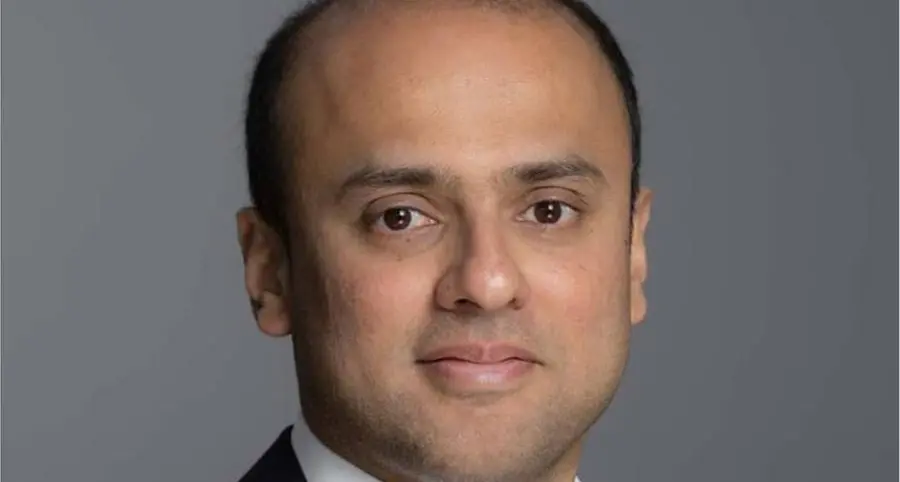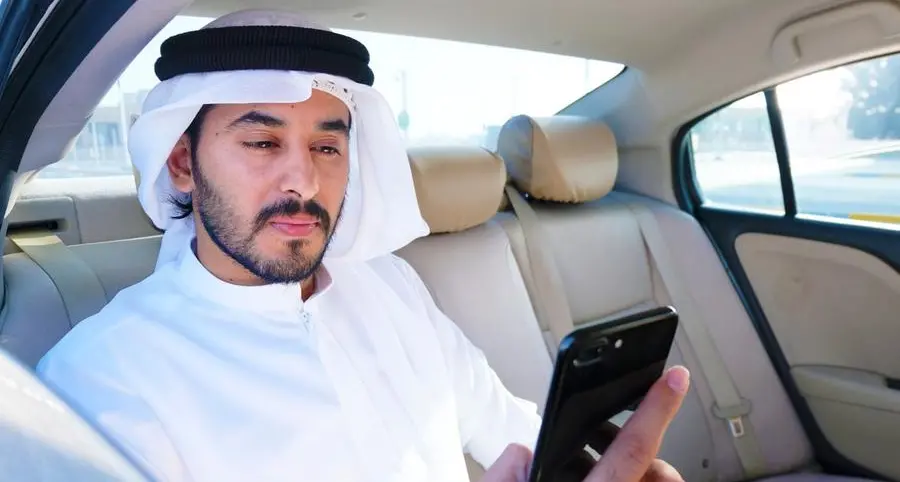Tuesday, Dec 02, 2003
Six months ago, following the accidental shooting by US troops of unarmed wedding guests in the central Iraqi town of Samarra, locals were upset but willing to give coalition forces a chance at making things right.
"We asked them, 'Don't shoot the children, we have no problem with you'," Mohammed Mahmoud Ali, a 38-year-old local, said yesterday.
But in the intervening months there has been a sea change in attitudes in the town, a change that yesterday led dozens of young men to express support for the "mujahideen" who took on an American convoy that rolled into town on Sunday to exchange Iraqi currency. In the ensuing firefight, which US troops say was the largest battle to have been fought with resistance fighters since end of the war last April, US troops are reported to have killed 54 "enemy personnel", wounded 22 and captured one in Samarra.
"Saddam Hussein killed the jihad (holy war) inside us," said Qasim Mohammed, a young man in a red bedouin scarf standing yesterday in the street in the town. "But we have to thank (George) Bush and (Tony) Blair for bringing the spirit of the jihad back to our youth."
Eighty-year-old Khalaf Mohammed, his hands and feet still caked in blood from shrapnel wounds, vowed revenge from his hospital bed yesterday: "Take me from my bed and I'll fight," he said.
Even Samarra's US-appointed police chief, Ismail Mahmoud Moh-ammed, told the Financial Times that US forces had gone too far in "provoking" the town, and said they should stay out.
"Were the French happy under the Nazis?" he asked. "It is the same thing here."
The battle on Sunday started at 1.30pm after two convoys of US vehicles carrying new Iraqi currency to local banks were ambushed in the centre of Samarra by a large force of guerrillas.
"Is this something larger than what we've seen in the last couple of months? Yes," Brigadier General Mark Kimmitt, deputy director of operations for coalition forces, said yesterday.
Gen Kimmitt said several of the dead had been wearing uniforms "consistent with" those of Fedayeen Saddam commandos, which included a black face scarf and a shoulder patch. Five US soldiers were lightly injured in the battle.
However, US and Iraqi reports differred sharply. Mr Mohammed, the police chief, said that only six Iraqis had been killed in the clashes, along with one Iranian pilgrim.
He accused US troops of "firing randomly" on Iraqi civilians after they had been ambushed "by one or two people". He said 54 Iraqis had been injured.
Gen Kimmitt suggested the differing casualty figures were due to insurgents carrying away their dead following the shoot-out.
Pro-resistance graffiti littered the walls around the town: "We will blow up the homes of anyone who co-operates with the Americans. Long Live the Mujahideen!" read one.
Virtually everyone out on the streets yesterday, from US-allied tribal sheikhs to bystanders gathered around the scene of the battle, said they wished the US would leave Iraq. It is a view commonly expressed in the so-called Sunni triangle of central Iraq, which includes Samarra and has seen most of the guerrilla attacks in recent months.
There is even some evidence that US forces have heeded local demands to withdraw from Samarra itself.
Sheikh Qahtan Yahya Salim, a member of the tribal council of Samarra and leader of the Bu Rahim tribe, said US forces had vacated two of their three compounds within Samarra 10 days earlier, at the insistence of the council.
"The problems between the Americans and the town come down to one thing: their presence causes friction. When they are not here, there are no problems," he said.
Mr Salim said that during the preceding month of Ramadan, US forces had drastically decreased patrols and searches in the town, and locals said even those patrols occurred mostly at night, making Sunday's convoy unusual.
US officials said they had performed similar currency exchanges in Samarra four times over the last three weeks, and each time encountered small arms fire. This was why Sunday's mission was carried out with eight tanks, four Bradley armoured fighting vehicles, six Humvees and 93 troops.
By CHARLES CLOVER, NICOLAS PELHAM and PETER SPIEGEL
Copyright The Financial Times Ltd 2003. Privacy policy.